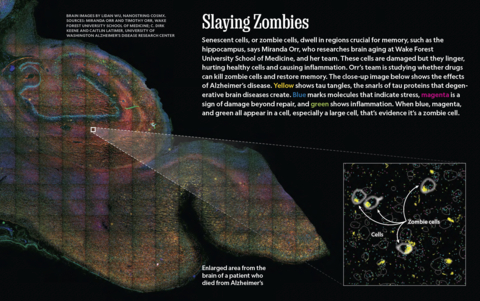Financial News
More News
View More
Meta Platforms May Ditch NVIDIA Chips—Here’s Why Investors Care ↗
November 29, 2025
SoFi Technologies: From Fintech Speculation to Profit Engine ↗
November 29, 2025
Gold to $5,000? What Bank of America and UBS Have to Say ↗
November 29, 2025
MarketBeat Week in Review – 11/24 - 11/28 ↗
November 29, 2025
Power On: Applied Digital’s First AI Data Center Goes Live ↗
November 28, 2025
Recent Quotes
View More
Stock Quote API & Stock News API supplied by www.cloudquote.io
Quotes delayed at least 20 minutes.
By accessing this page, you agree to the Privacy Policy and Terms Of Service.
Quotes delayed at least 20 minutes.
By accessing this page, you agree to the Privacy Policy and Terms Of Service.
© 2025 FinancialContent. All rights reserved.








